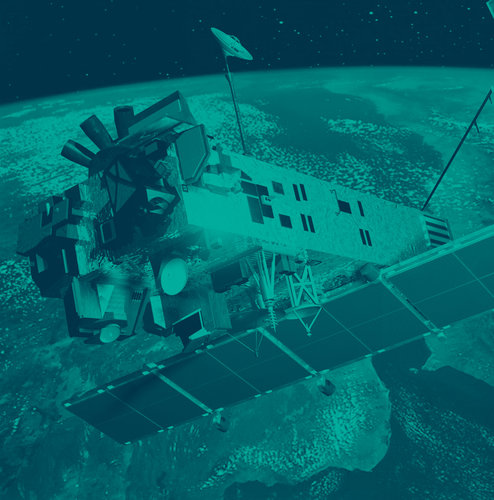Urban monitoring
Concentrations of people, property and wealth, our cities are expanding as never before, with half of the global population now living in urban areas.
Swelling cities
The world's urban population is growing four times faster than its rural population, so that cities are projected to be home to two thirds of global citizens by 2020. Nine tenths of this growth is occurring in developing regions, and Africa shows the fastest rate of urban expansion, surpassing 5% per year.
This growth needs to be monitored to ensure it proceeds on a sustainable basis, does not damage environmental resources, and does not worsen the quality and life and safety of urban dwellers. The sheer scale of cities can make this difficult to achieve – at least from down here on Earth.

Highlighting urban 'hot spots'
Earth observation-derived maps of land use change show how cities expand over time. One trial ESA service called UrbEx – short for Urban Expansion - was based in Italy and worked to identify 'hot spots' of concern that were being overdeveloped and placing the surrounding environment under stress – especially desirable but ecologically fragile coastal zones.
Such information products are valuable to governmental organisations but also commercial mapping firms and mobile communications companies interested in locating antennae.
Town planning
And city centres can alter just as swiftly as their peripheries expand. The Earth observation also delivers an extra dimension of information complementing in situ data enabling responsive decision making on planning and environmental issues such as noise, utilities delivery and energy efficiency.

Risk management
In the field of risk management, satellite imagery can characterise urban environments to a degree of accuracy simply not available on the ground.
ESA's decade-plus archive of space radar data are constantly examined to identify millimetre-scale land shifts across European-Mediterranean towns, searching for early warning of threats such as ground subsidence and landslides.








